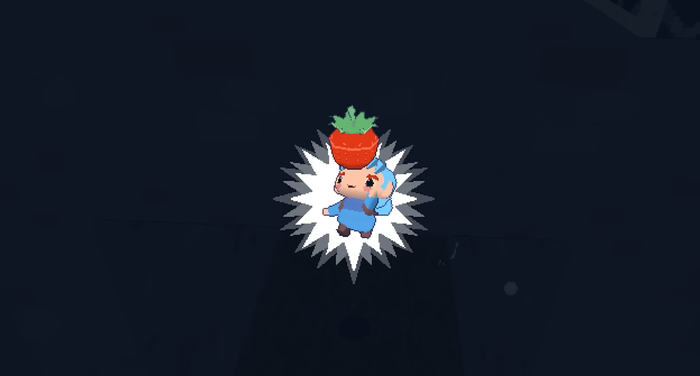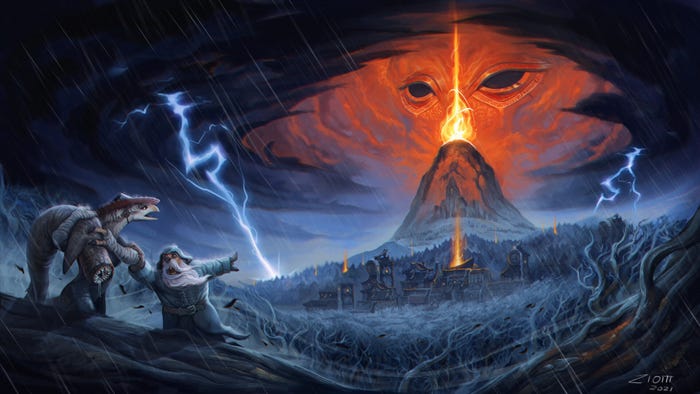This is part 2 of Narrative Fueled By Actors. In this part, I explore how we might keep a narrative which is driven by actors interesting, how to keep the narrative 'on track', and also how user interaction could possibly be introduced.

This is part 2 of Narrative Fueled By Actors. In this part, I explore how we might keep a narrative which is driven by actors interesting, how to keep the narrative 'on track', and also how user interaction could possibly be introduced. If you missed the original post, you may find it here: Narrative Fueled By Actors.
Creating An Interesting Narrative - This is one of the biggest problems by far. A film, book, or any other interactive medium has pace and momentum. It keeps the narrative interesting and the audience engaged. However, one worry is that by letting actors loose in an environment there will be a stalemate. A point in time where the actors themselves are not doing anything and the narrative remains in a lull. Some questions which come to mind are:
How can we keep the narrative interesting?
How do we keep the narrative on track and make sure that it doesn’t hit ‘crazy town’?
How do we interject user interaction?
The Backstory
It is my belief, that a semi-autonomous narrative does not eliminate the need for writers, or ‘creatives’, in fact, it increases the need for them. As we have talked about the issues which we might face within an actor driven narrative, a backstory aims to solve the core of the issue, that is keeping the narrative on point and within focus and not letting it go into ‘crazy town’.
Actors As Part of the Backstory - It is has been said time and time again by many creatives when discussing the issue of interactive characters or characters within at that it is not until the characters take a ‘mind of their own’ and become something which is separate from that of the author that the narrative starts to take shape. Therefore, to develop actors which are both interesting and will perform ‘certain’ actions we need to develop these characters from already developed characters. Much like I had explained earlier, about using ‘imprints’ as actor personality, the same theory applies here. Although it might prove successful to use ‘imprints’ of humans, the author and narrative would have less control over such actors thus we must limit our actors and develop them from a narrative which was written for them. By doing this, not only do we get rich, interesting actors that are ‘predictable’ but we also have a very opportune method of introducing a drama manager to ensure that the narrative remains interesting.
Let us consider a typical fairy tale. According to Vladimir Propp there is a main test or quest which an actor must embark on to achieve their object of desire. During this quest, there are many different actions which might take place. An actor can become stranded on an island, meet a beautiful woman, and be sidetracked for a while, or perhaps the actor is the leader of a ship and the conditions of the ship are worsening and food is becoming scarce so the crew decides to revolt. These points of interest which take place during an actor’s journey for the main quest, are not required so that the object of desire is achieved, however, they are introduced to keep the narrative interesting. Thus, by analyzing such ‘transformation’ points of a narrative, a writer could analyze the requirements for such an event to take place. For example, for a crew to mutiny it is required for the ship to be in poor shape, rations to be low or non-existent, and for the crew to not have sight of land. If all these conditions are met, then the drama manager can invoke this particular situation.
Aside: While by conventional methods this is called a drama manager, this is still based on actors, their feelings, and their states. Without actors, it would not be possible to even have the ‘possibility’ of these ‘transformation’ points to occur. Also, it seems that the idea of object driven narrative could be worthwhile pursuing. It’s not clearly defined as to what type of narrative that would be however, it seems that dramatic beats are created in an attempt to achieve the object of desire, whether or not the actor or entity succeeds their object of desire, is something which we shouldn’t care about. Our main goal is to ensure that we develop an interesting narrative.
The Backstory as an Enforcer - A child, whom is brought up watching soccer is more prone to potentially playing soccer in their future which could lead them to be more apt to go to a particular soccer pub and thus encounter a rather specific key actor which would make for an interesting or meaningful narrative. Maybe the actor meets his future wife at the soccer pub because that’s where she is a waitress. If we had developed these two actors without such specific backstory, it is very possible that they might have never crossed paths. However, since we can encode backstory into actors we can limit them, make them apt to certain decisions, and predict what actions they will take in particular situations.
Writers & Backstory - Up until now we have discussed how the backstory would help the narrative and how we could potentially have semi-autonomous actors. However, the most vital and pivotal element are writers. We need a writer to create a story so that we may analyze it for various reasons. By having a story to use as framework, we may analyze it and use it in conjunction with the drama manager to ensure that we have compelling narrative. We can also use it to develop actors and their knowledge. Thus, we’re not necessarily simply letting actors loose into a world, we’re giving them limits, a sense of purpose, and tailoring them in a way so that particular actions are taken and we see the desired outcome.
Environment Effects
The way we act is determined by where we are, for the most part. Unless there is something seriously wrong with you. If you are at a five star restaurant you aren’t going to start a drinking chant, and if you are at a pub you aren’t going to make a big fuss if someone bumps into you. Every environment is an evoker and thus can bring out certain emotions within actors and dictate certain courses of action. Thus, it is possible that the issue of keeping a narrative interesting as well as on track can be solved through the inclusion of different environments.
Chris Crawford states within his book Interactive Storytelling that we should not meddle with a character’s personality when we attempt to modify a narrative to ‘go’ a certain way. With this statement I agree. By limiting or including particular environments we can dictate or somewhat manage what actions would take place. Let us say we wanted Mary and John to meet and become involved in a romantic relationship. This could be done various ways. If we would want them to be in a bit more serious romantic relationship we would place them at a venue such as a cafe where they might be able to make serious introductions to each other and get to know each other thus leading into something a bit more serious than a one night stand. However, if we would want them to possibly just be involved in a one night stand then we would place them in the environment of a pub or a night club.
A different example would be if the narrative was stuck in a lull. Let’s use Mary and John again, but this time they are romantically involved and quite seriously, thanks to their meeting at the cafe. However, since their initial meetings and first dates the narrative has become boring. There is no conflict and something must be done. Thus, we place John’s ex-girlfriend whom still has feelings for him at one of the environments where Mary and John are at. By doing this, we simply are creating conflict through the introduction of simply one character in an environment.
If we were to begin making modifications to an actor’s persona not only could this result in breaking pivotal mechanisms which would ruin the narrative and make it incoherent but it also proves to be more difficult to modify actors mid-narrative. Thus, we must look to environments to be the necessary catalysts which would drive and direct narratives.
About the Author(s)
You May Also Like








